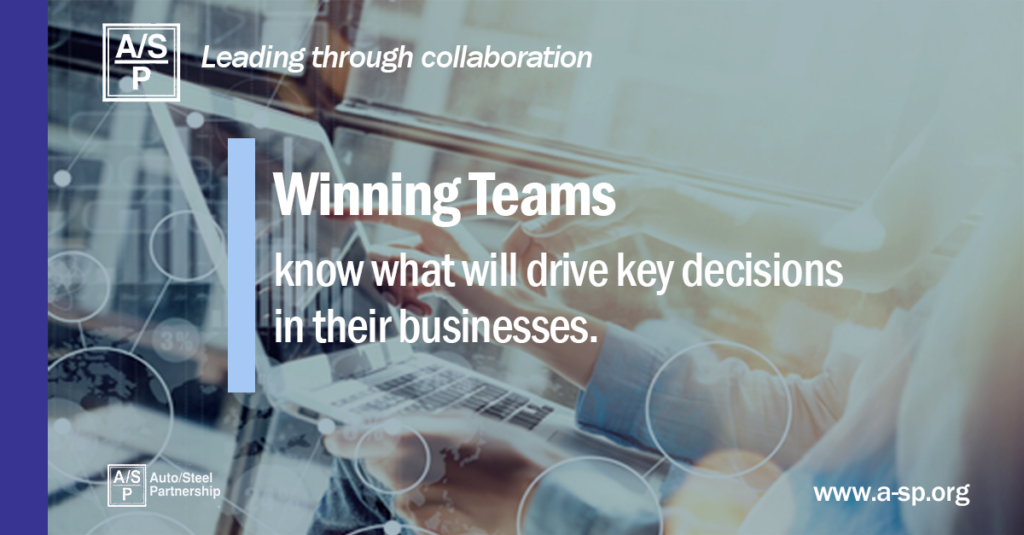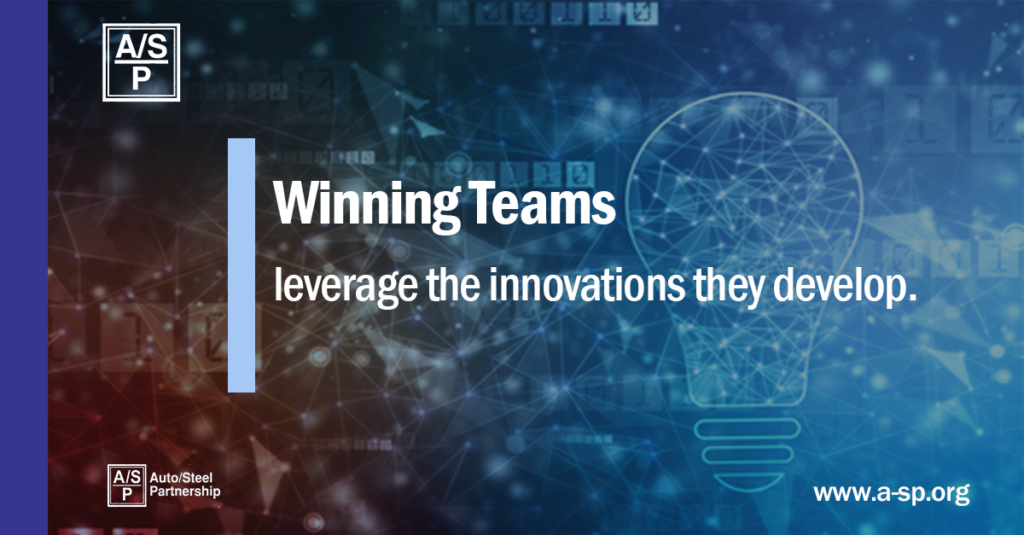The past two years have taught us all how to become experts in adapting to big changes. One thing I am always intrigued with is that, out of big changes, there are always those who rise to be big winners.
Let me give you an example. Every year the Society of Automotive Engineers (SAE) puts on a Clean Snowmobile Challenge with colleges competing in both internal combustion engine (ICE) and Diesel categories to produce the cleanest and quietest sleds. My alma mater, Michigan Technological University (MTU), always competes. Each year MTU does well, but in 2021, they had a clean sweep, winning every category and subcategory. It made me think about how this team, faced with the same challenges as everyone else, won so dominantly.
In thinking about this example in light of the changes we are seeing in the auto industry, I uncovered four reasons why I believe some teams win big during massive changes: Winning teams understand their business well enough to know what will drive key decisions. I also think they stay focused on the fundamentals, those things that built their business, even in the chaos of change. Winning teams leverage the innovations they develop, and they partner with others to benefit from diverse expertise and experiences.
What Drives Decisions?
A key question today is what will drive automaker decisions as vehicles switch from conventional vehicles to those specifically designed as EVs? I spent 20 years in an OEMs BIW design area, and I can attest that every decision for meeting vehicle functional objectives is determined by the best tradeoff of variable cost, weight and investment. Every vehicle has a budget for each of these that must be met. Those fundamentals won’t change – after all the designing, building and selling of vehicles is a business.
However, a new driver is a focus on sustainability, and we already see OEMs adding it into the sourcing decision matrix. In the future, vehicles will target a “carbon” budget, with vehicle teams examining the best tradeoff of cost, weight, investment and sustainability to meet functional objectives. So knowing this, what can we expect?
Automakers will continually reassess their priorities in an effort to align vehicle costs with their overall business strategy. The whole drive to EV vehicles is to help reduce transportation related GHG emissions, and we will see regulations shifting from tailpipe to total life cycle emissions. As OEM sustainability targets are rolled out, I believe phase one will be suppliers reporting on their own GHG emissions, followed quickly by a second phase reporting the carbon footprint of their supply base. For this reason, it is important for Tier suppliers to stay informed on the sustainability efforts of their own industry partners and suppliers. The carbon footprint of your operations and your suppliers will be critical.
The North American steel industry is well positioned for this, having already cut greenhouse gas emissions per ton of steel produced in half over the past 20 years. A 2021 report by CRU International Ltd. stated, “The U.S. steel industry is 75% – 320% more carbon efficient than global producers, depending on the product segment.”1 Even with these impressive efforts, we see Auto/Steel Partnership steel members focusing ever more sharply on sustainability and improving efficiency further.
Leveraging the Innovations
Companies are driven to discover innovations to make their products better and more competitive. Knowing how to leverage those innovations to meet evolving customer needs can provide the edge to keep your product strong and relevant. This is where R&D becomes a critical factor to support your business.
In the steel industry, as an example, collaborating with our automotive customers is a regular course of business to meet their lightweighting needs. It has led to the development of innovative steels, such as 3rd Gen advanced high-strength steel (AHSS), and advanced manufacturing and design solutions.
At Auto/Steel Partnership our members are researching common vehicle manufacturing challenges to discover more innovation. One of our focal projects is to address the reduction of AHSS springback in the stamping process. Reducing springback increases part quality and reduces die wear. The A/SP stamping team project discovered that using the correct combination of existing stamping techniques would utilize (or leverage) AHSS’s own properties to minimize strain gradients and dramatically reduce springback. This project is a perfect example of leveraging product innovations to gain efficiencies on the customer manufacturing floor.
Partnering with Others
The previous example also supports my last point – partnering with others to benefit from diverse expertise and experiences. A/SP is a partnership of automakers, steel companies and suppliers, who combine their diverse backgrounds and shared resources to face change and win big together. One thing will always be true—the world around us will change. At A/SP, we don’t have to go it alone. With as many as 40 projects underway at any given time, we face the challenges together with research and real world solutions.
Moving the automotive industry to a fleet of electric vehicles could be the largest change we see in our lifetimes; however, I think the larger overall movement of environmental stewardship will affect all of our businesses more significantly than the changes coming from just going to EV powertrains.
Now is the time for action.
Utilize your supply chain, which in the steel industry are the experts at your steel mills. Spend time and budget on leveraging your product innovations to create new solutions. And engage with industry consortia like the Auto/Steel Partnership so you have the advantage of shared knowledge and resources to address change together. Doing these things will help you, not only weather change, but use it to win big.
——–
A/SP members have created training modules in metallurgy and formability to help train their internal employees and their manufacturing supply chain. A/SP members and their suppliers can email ASPtraining@steel.org to get more information on training opportunities.
1 A study released in May 2021, “Leveraging a Carbon Advantage: Impacts of a Border Carbon Adjustment and Carbon Fee on the U.S. Steel Industry,” by CRU International Ltd., commissioned by the Climate Leadership Council.
 |
by Michael Davenport, Executive Director, Auto/Steel Partnership. |




